Mapping
If a picture is worth a thousand words, a map can readily convey the story of a thousand data points. Accurate and precise mapping of natural resources, in easy-to-access geospatial datasets, is essential for coordinated, effective management. CNHP is known for its high quality map products, from rare and imperiled species to land ownership to vegetation and wetland maps.
CNHP's element occurrence map has tens of thousands of locations of rare and imperiled species and natural plant communties.
Total Number of Mapped Locations [Last Updated: July, 2024 ]
- Animals: 16,640
- Plants: 26,583
- Natural Plant Communities: 5,489
Featured Topics

CNHP Element Occurrence Biotics Database of Rare Plants, Animals and Natural Plant Communities
CNHP's database delivers a wealth of information on Colorado's biological diversity, including the location and quality of rare and imperiled plants, animals, and natural plant communities on CNHP's tracking list.
Visit the CNHP Element Occurrence Biotics Database of Rare Plants, Animals and Natural Plant Communities Page
COMaP - Colorado Ownership, Management and Protection Database
COMaP is the state’s premier map of protected lands, featuring over 28,000 entries of protected land polygons, each with a suite of attributes such as owner, manager, easement holder, public access, and more. COMaP is served through an online Map Viewer with a backend database that supports user input and custom queries.
Visit the COMaP - Colorado Ownership, Management and Protection Database Page
Rare Plant County Map
Get a list of rare plants by county and learn more about the status and distribution of rare plants in each county. Rare plant lists are based on CNHP element occurrences.
Visit the Rare Plant County Map Page
Colorado Wetland Inventory Mapping Tool
Information on the location, extent and type of wetlands in Colorado allows land managers and state agencies to make informed decisions about wetland resources. CNHP’s Colorado Wetland Inventory mapping tool shows detailed wetland mapping created by the CNHP, U.S. Fish and Wildlife Service’s National Wetland Inventory (NWI) program, and several other partners.
Visit the Colorado Wetland Inventory Mapping Tool Page
Fen Mapping
Fens are groundwater-fed wetlands with organic soils that typically support sedges and low stature shrubs. In the mountain west, organic soil formation can take thousands of years. Given the sensitivity of fens, they are a high priority for conservation and restoration. CNHP has developed a particular expertise for mapping fen wetlands using aerial imagery and ancillary data sources.
Visit the Fen Mapping Page
Noxious Weed Inventory, Mapping and Monitoring
Many of Colorado’s native landscapes have been altered by the arrival of plants from other regions of the globe. Maps of invasive plants and long-term monitoring are critical for effective management and protection of native communities. CNHP conducts surveys to inventory, map and monitor noxious weeds across Colorado.
Visit the Noxious Weed Inventory, Mapping and Monitoring Page



